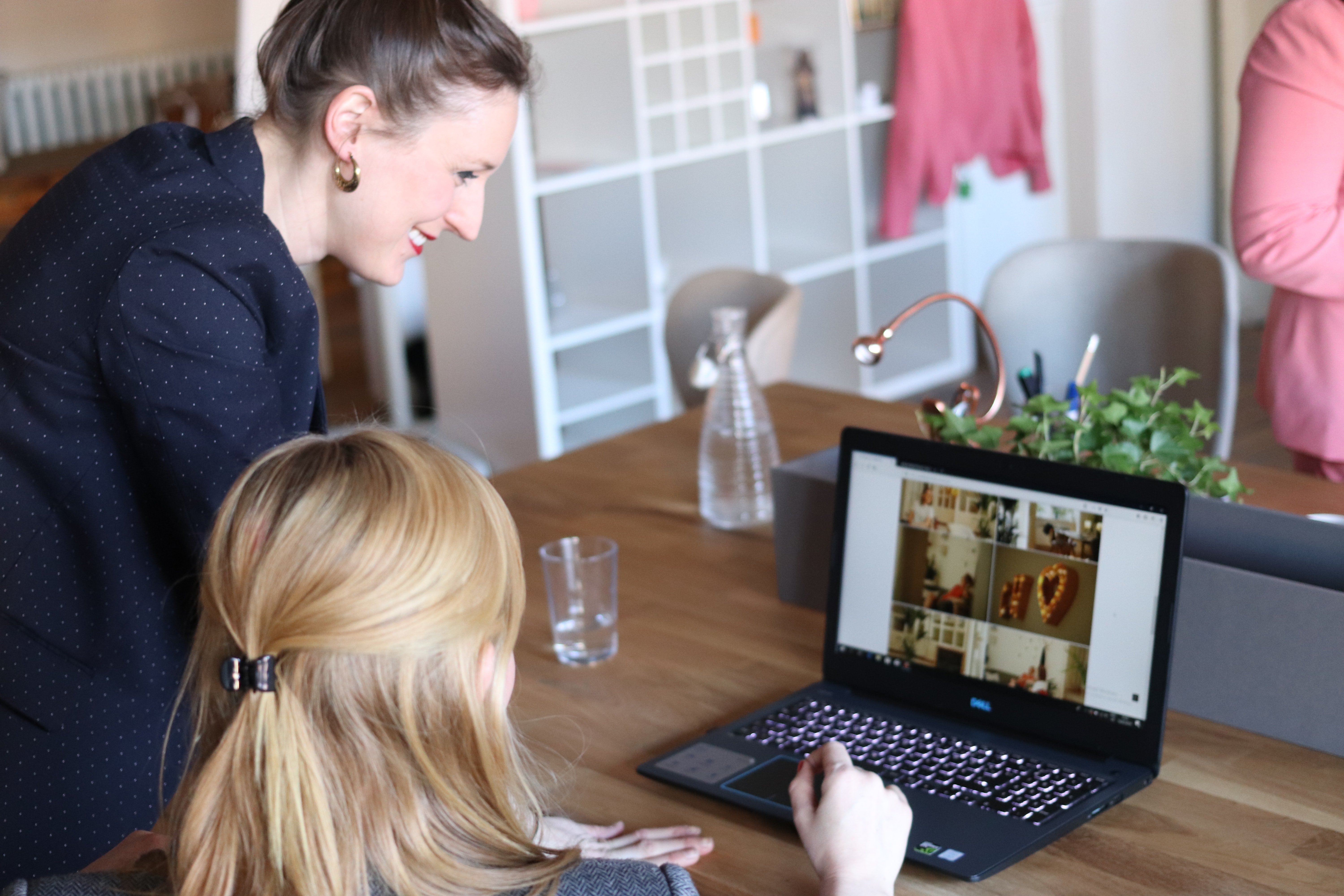
Three Steps to Psychodynamic Executive Group Coaching
The benefits of executive group coaching are economies of scale, diversity of perspectives and behavioural changes.
If we add to this mix a coach trained in psychodynamics, they can bring out the unconscious patterns that play out in organisational life.
Psychodynamic coaching interventions give the executives a transitional space to explore and reflect on aspects of inner theater such as defenses, primary relationships and their impact on the workplace.
Coaching in groups explores multiple perspectives, peer/group pressures and support from the group, and finally, possibilities to leverage peers from the group to foster transformations.
Trained in the INSEAD method of psychodynamic group coaching which has coached 10,000 senior executives, I use a balance between psychodynamics, group facilitation, and coaching. This group consists of four to five participants going through one day of group coaching and a following dyadic coaching the next day. Additional sessions can be customised as per the requirements of the group or a particular executive.
There are three components of psychodynamic coaching which are incorporated during each group coaching session (day one). These are as follows:
Ice Breaker:
Borrowed from socio-analytical methods of consulting, the participants draw different aspects of their professional and personal life in a symbolic artwork. Each member explains the multi-dimensional artwork in which he or she talks about the areas of one's life that are seldom visited or discussed.
Drawing can be an opportunity to enter into a dialogue with the unconscious; there are research data that indicate that people unconsciously know more than they verbalise.
In addition to tapping into the complex and subtle self, this part of the coaching sets the flow of the conversation and initiates a ’safe place’ for an honest, supportive exchange of ideas.
When the drawing instructions are flexible, symbolic and open to interpretation, participants are creative and open. During the dialogue of explanation of their creativity, opportunities of growth are explored. Very often, colleagues in coaching sessions who have closely worked together for years (often nearing a decade) feel their bond deepen through this process. Often this is an emotional and an intense part of the coaching and builds camaraderie as participants see a 'whole' individual and not just a stakeholder.
Sharp focus:
Each participant gets what is called the ‘sharp focus’ which is to 60-90 minutes of focused attention. The other members contribute to this phase with active facilitation by the coach. The group gives supportive associations and suggestions during this stage.
At this time, a 360-degree tool is also used to reflect on, provide feedback and offer suggestions to the participant concerned. The coach facilitates an open interaction between the members of the group; these help the participants to develop a deeper level of trust; often the relationships are marred with undercurrents of hidden conflict.
A successful coaching session would be able to manage the vulnerability of those going through 'sharp focus.'
People are willing to share information in a safe environment. With this trust, the participants are more likely to make commitments and be accountable. Another advantage of having sharp focus is that this phase transcends traditional superior-subordinate relationships.
* Here, I would like to suggest the use of Global Executive Leadership Inventory created by Prof. Manfred Kets De Vries of INSEAD as a 360-degree tool. Peers, superiors, subordinates, friends, and family, contribute towards the feedback (making it more of a 720-degree and not 360 with a complete and detailed feedback of the person). This 360-degree details 12 leadership dimensions that combine qualitative and quantitative feedback.
Action Plan:
The participant uses the feedback and the reflection and support from the group to formulate an outline towards transformation. The members form dyads, to support each other during this transition. The specific areas that require accountable action could address themes such as vision, mission, goal, corporate culture, leadership issues, team-building. This action plan is further worked on the next day when the coach and the participant have a one-on-one coaching session.
In my opinion, group executive coaching must be followed up by the dyadic coaching sessions.
Using a combined intervention methodology of an individual and the group coaching provides a combination of personal, out-of-awareness, unconscious and hard-to-discuss elements with multiple perspectives of peer pressure and support.
To decide on whether your organisation will benefit from group coaching, take a few minutes to reflect on the following:
1. Do you need to align individual and team/organisational mission, vision, and goals?
2. Are you looking to improve the quality of conversations amongst the teams, with a greater sense of collaboration?
3. Do you need to understand barriers to achieving high performance?
4. Do you need to create a better appreciation of the strengths and an accountability structure?
5. Do you need to create a 'safe place' within the team where feedback, brainstorming, and challenging beliefs are a norm?
6. Do you need the team to understand fair processes in decision-making that can improve the accountability?
This blog was originally published on Devika's LinkedIn profile here.
Devika Das is a speaker, trainer, author and C-suite coach, as well as the Founder and CEO of CORE Executive Presence.
Follow her on Twitter or LinkedIn, and read her testimonial on In the Know here.




